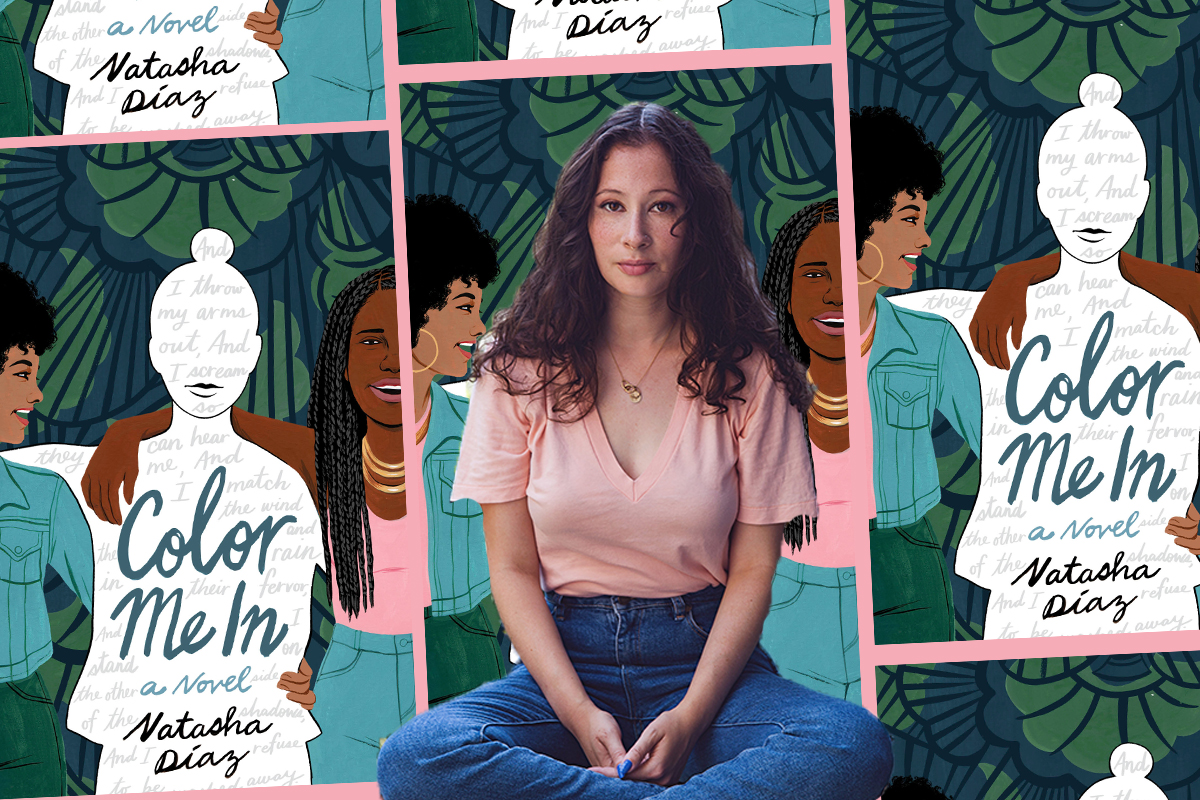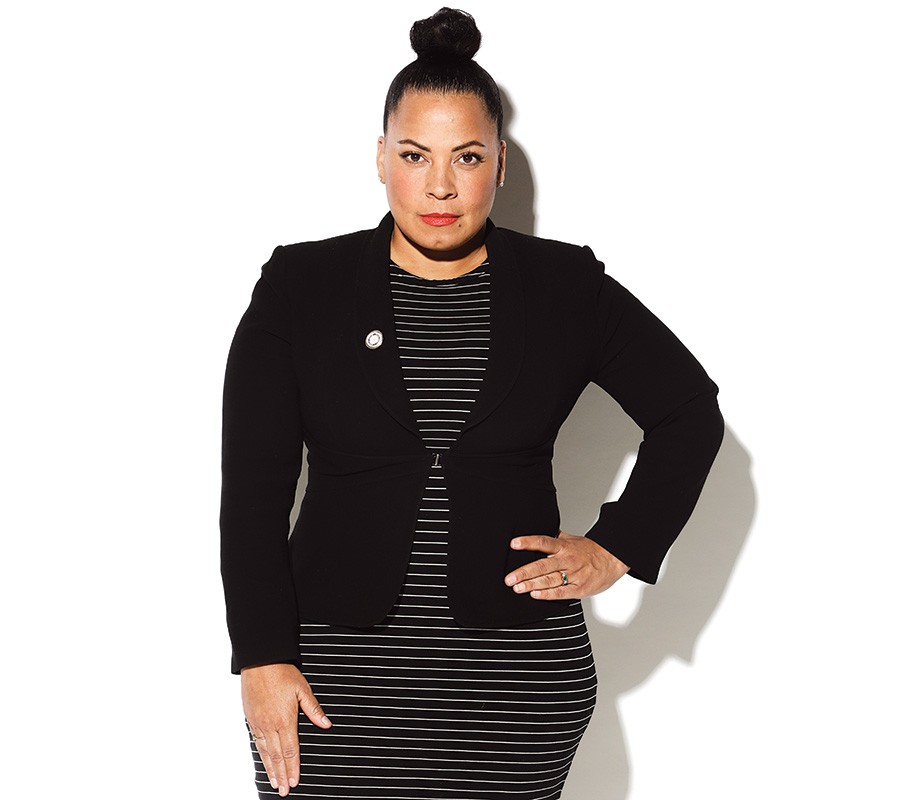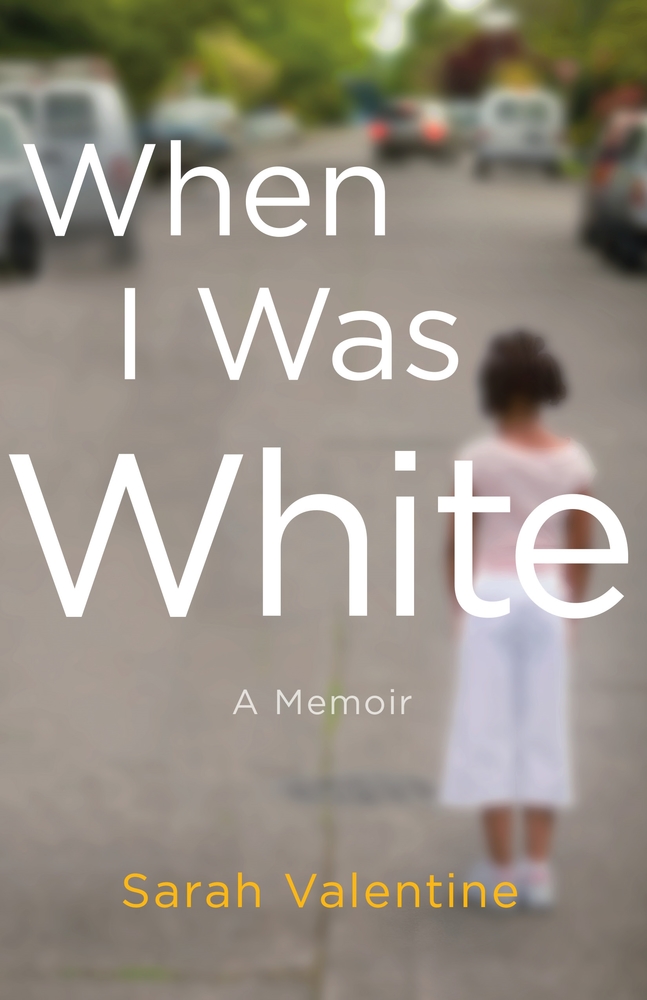Natasha Díaz on Turning Her Black Jewish Childhood Into a YA Novel
Alma
2019-08-15
Emily Burack, Associate Editor

Natasha Díaz was 9 years old when she and her mom went on Oprah to talk about the experience of being a multiracial family. Díaz, who has a Jewish father and a Liberian and Brazilian mom, had recently been featured in a documentary called Between Black & White. When Oprah asked her a question, young Natasha froze up (you can watch the video here).
Well, she is freezing up no longer — Díaz’s debut YA novel, Color Me In, fictionalizes her childhood and tells the coming-of-age story of Navaeh Levitz. Navaeh is a Black Jewish teenager whose father forces her to have a belated bat mitzvah at age 16. Navaeh’s parents are in the midst of a divorce, and the bat mitzvah is her father’s way of having her stay connected to his family. Meanwhile, Navaeh is struggling to figure out her identity, her relationship to her blackness, her privilege, a blossoming relationship, and her family. It’s a compelling and timely read.
We had the chance to chat with Díaz about writing Color Me In, #OwnVoices in young adult literature, and connecting with her Jewish identity.
How close does the protagonist Naveah’s experience as a Black Jewish teenager mirror your own?
I would say in a lot of ways it’s similar, and in a lot of ways it’s very different.
We have very similar backgrounds, racially and religiously. I am multiracial, she’s biracial. I’m Brazilian, Liberian, and Jewish, where she’s just half-Black and half-Jewish. And my parents separated, similar to her, although mine separated when I was much younger than she was. And, as a result of my parents’ divorce, it was literally in the divorce papers that I had to be raised Jewish.
Aside from that, I would say we’re completely different. I was raised very immersed in my culture, especially on my mom’s side, which is where the Black and Brazilian side is. My parents had split custody [over me], so I spent time with both families, but I’m closer to my mom’s family because a lot of my dad’s family doesn’t live in New York City. Where Naveah was sheltered from her identity, I was very immersed in mine.
It doesn’t mean that we haven’t, at times, shared a lot of the same insecurities, like feeling you don’t really fit in in either world, or you’re not really sure what part of yourself you have a right to claim or own. I’ve never had an extremely religious connection to Judaism. Culturally, though, especially growing up in New York City, there’s a lot of Jewish cultural things that I connect to on a personal level…
Read the entire interview here.








